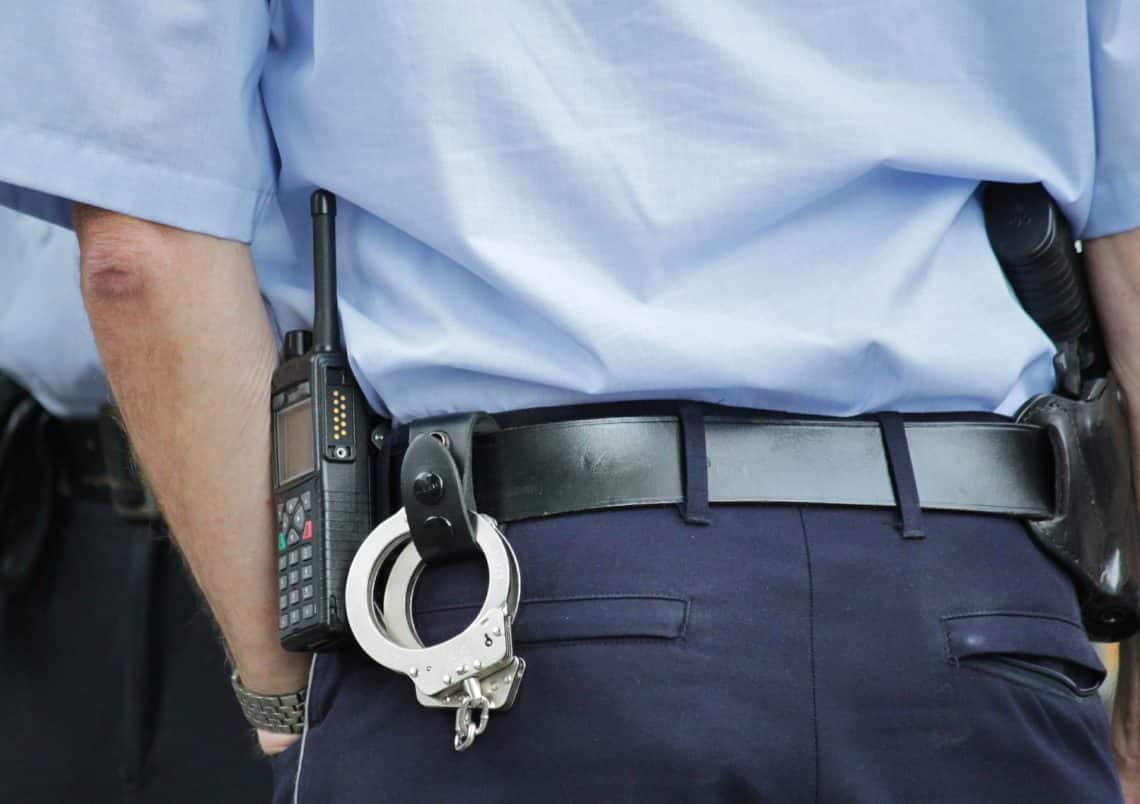
Going to trial for a DWI in Texas can result in swift and severe consequences. Before you go to trial, it is imperative that you understand all the things that can inject doubt into your case. Just because you failed a breathalyzer test, that does not necessarily mean that you are automatically guilty. There are ways to challenge the findings and to potentially have your case thrown out. If you know what arguments against a breathalyzer’s reliability will and will not work, it can work in your favor. One such way to argue your case is the partition ratio. Knowing what the partition ratio is and how it affects your case is critical.
What Is the Partition Ratio?
The partition ratio is the blood-to-breath ratio that a breathalyzer uses to calculate whether someone is intoxicated. The partition ratio is calibrated at 2100:1 concentration. Breathalyzers work off of the assumption that everyone is basically the same. Machines are calibrated with the assumption that when someone breathes into it, the breath is coming directly from the alcohol in the blood, which is diffusing into the lungs. It does not account for times when the alcohol is coming directly from the breath of the mouth instead. However, if the blood is coming from the mouth, the breathalyzer reading is unreliable. In some cases, it could mean the difference between passing and failing the test.
The Assumptions
To consider the blood-to-breath ratio of 2100:1 to be fair and reliable, it must be assumed that the ethanol concentration of the mouth area is proportional to the concentration in the blood. It is based on a property called “Henry’s Law,” which states that when the temperature is constant, the concentration of a gas dissolved into a liquid is proportional to the concentration of it in the air above the liquid.
The Reality
The reality is that the blood-to-breath ratio can actually be anywhere between 1500:1 and 3000:1, the ratio can vary due to age, genetic makeup, level of intoxication, and gender. It can also vary over time and between different devices. Therefore, the standard ratio of 2100:1 is a controversial factor in a positive test.
Contrary to popular belief, there are several unreliable variables when it comes to breathalyzer tests. If you didn’t pass a breathalyzer test, it might be possible to argue the results. For more information about how to build a winning defense, contact Stephen T. Bowling. He is an expert in the field of DWI defense.
